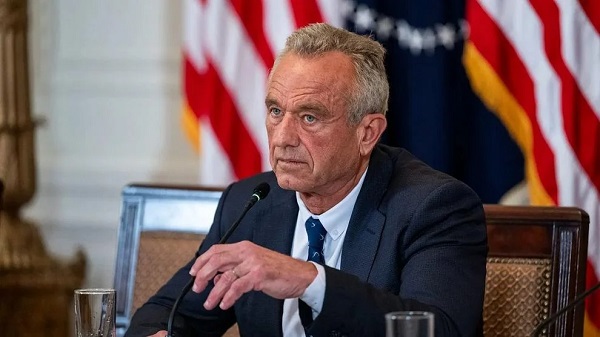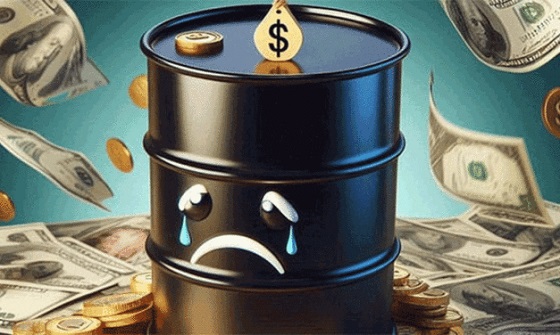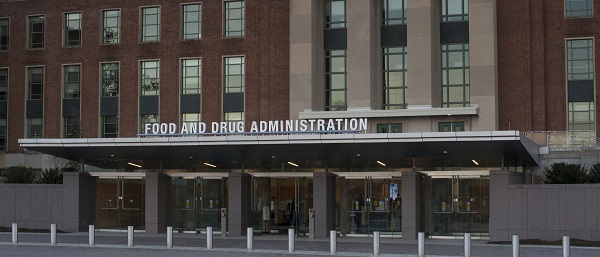Alberta
Premier Smith urges Canadians to contact their MP’s to demand reliable & affordable power
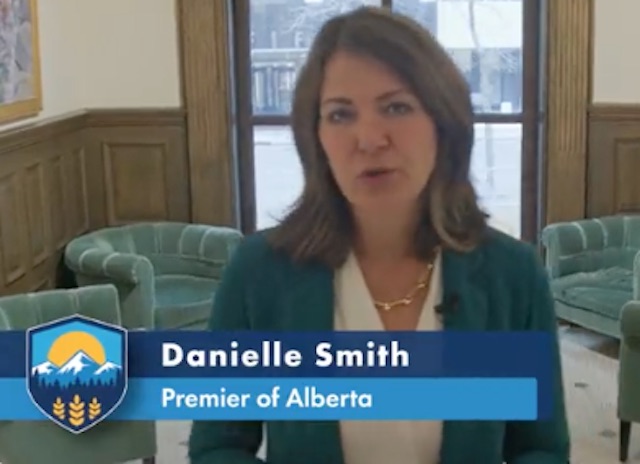
“What would happen if your power went out and it’s minus 30 outside”? This question is posed to Albertans and all Canadians by Premier Danielle Smith. Premier Smith has been chastised by the opposition NDP and supporters of Prime Minister Justin Trudeau’s plan to make Canada’s electricity grid completely carbon neutral by 2035.
Smith says Trudeau’s net zero strategy is a terrible mistake that will lead to brutal power outages while potentially quadrupling the cost of energy. Further, since wind and solar generation depends on sunlight and a good breeze, renewable energy can’t always be relied on. To make that clear Smith pointed to eight different occasions in the past year when Alberta’s electricity system nearly collapsed.
While repeating her pledge to make Alberta’s power grid carbon neutral by 2050, Smith is urging Canadians to join her in support of a more reasonable plan for energy transition.
No one in Canada should be without access to electricity, but if the feds don’t smarten up they will put all of us at risk.
Take 30 seconds and send a message to our Liberal-NDP government in Ottawa 👉https://t.co/GmBSkeaXs6 pic.twitter.com/ZwDpQ2o2nQ
— Danielle Smith (@ABDanielleSmith) October 16, 2023
From TellTheFeds.ca
No one wants blackouts.
What Canadians want is reliable & affordable power.
Ottawa’s proposed electricity regulations will make electricity unreliable & unaffordable.
THE THINGS CANADIANS COUNT ON WON’T WORK WHEN NEEDED.
Affordable electricity matters.

In addition to blackouts, current electricity rates will be double, triple or even quadruple depending on the province. And drastic changes could dismantle thriving industries that are vital parts of our provincial economies, resulting in a power grid that depends on unreliable energy.
Canada can’t afford a hasty transition.

Reliable electricity matters.
With cited cost estimates as high as $1.7 trillion*, the cost of achieving a net zero grid by 2035 will leave our power grid dependent on intermittent and unreliable sources like solar and wind.
Imagine no heat at -30°, and no power for the Internet or to charge your phone.
The federal government wants electricity demand to at least double by 2050. Tell the Feds reliable and affordable electricity matters. And ask them why they are rushing to do something by 2035 when the experts agree that it can’t feasibly be done.
* Source: Public Policy Forum, Project of the Century, July 2023
Tell the Feds what you want.
Contact your MP.
There is a better path forward. Alberta is leading the way. Together, let’s make a better plan.
Not a mandate.
Ottawa’s carbon-neutral goals can be achieved by 2050 with a lower tax and utility burden on Canadians. Changing over our electricity system in 27 years is much more practical and affordable than rushing to do it in just 12 years. Rather than being told to dismantle industries critical to Canada’s economy, Tell the Feds to work with the provinces on a plan that benefits all Canadians.
Alberta
Alberta Next Panel calls for less Ottawa—and it could pay off

From the Fraser Institute
By Tegan Hill
Last Friday, less than a week before Christmas, the Smith government quietly released the final report from its Alberta Next Panel, which assessed Alberta’s role in Canada. Among other things, the panel recommends that the federal government transfer some of its tax revenue to provincial governments so they can assume more control over the delivery of provincial services. Based on Canada’s experience in the 1990s, this plan could deliver real benefits for Albertans and all Canadians.
Federations such as Canada typically work best when governments stick to their constitutional lanes. Indeed, one of the benefits of being a federalist country is that different levels of government assume responsibility for programs they’re best suited to deliver. For example, it’s logical that the federal government handle national defence, while provincial governments are typically best positioned to understand and address the unique health-care and education needs of their citizens.
But there’s currently a mismatch between the share of taxes the provinces collect and the cost of delivering provincial responsibilities (e.g. health care, education, childcare, and social services). As such, Ottawa uses transfers—including the Canada Health Transfer (CHT)—to financially support the provinces in their areas of responsibility. But these funds come with conditions.
Consider health care. To receive CHT payments from Ottawa, provinces must abide by the Canada Health Act, which effectively prevents the provinces from experimenting with new ways of delivering and financing health care—including policies that are successful in other universal health-care countries. Given Canada’s health-care system is one of the developed world’s most expensive universal systems, yet Canadians face some of the longest wait times for physicians and worst access to medical technology (e.g. MRIs) and hospital beds, these restrictions limit badly needed innovation and hurt patients.
To give the provinces more flexibility, the Alberta Next Panel suggests the federal government shift tax points (and transfer GST) to the provinces to better align provincial revenues with provincial responsibilities while eliminating “strings” attached to such federal transfers. In other words, Ottawa would transfer a portion of its tax revenues from the federal income tax and federal sales tax to the provincial government so they have funds to experiment with what works best for their citizens, without conditions on how that money can be used.
According to the Alberta Next Panel poll, at least in Alberta, a majority of citizens support this type of provincial autonomy in delivering provincial programs—and again, it’s paid off before.
In the 1990s, amid a fiscal crisis (greater in scale, but not dissimilar to the one Ottawa faces today), the federal government reduced welfare and social assistance transfers to the provinces while simultaneously removing most of the “strings” attached to these dollars. These reforms allowed the provinces to introduce work incentives, for example, which would have previously triggered a reduction in federal transfers. The change to federal transfers sparked a wave of reforms as the provinces experimented with new ways to improve their welfare programs, and ultimately led to significant innovation that reduced welfare dependency from a high of 3.1 million in 1994 to a low of 1.6 million in 2008, while also reducing government spending on social assistance.
The Smith government’s Alberta Next Panel wants the federal government to transfer some of its tax revenues to the provinces and reduce restrictions on provincial program delivery. As Canada’s experience in the 1990s shows, this could spur real innovation that ultimately improves services for Albertans and all Canadians.
Alberta
Ottawa-Alberta agreement may produce oligopoly in the oilsands

From the Fraser Institute
By Jason Clemens and Elmira Aliakbari
The federal and Alberta governments recently jointly released the details of a memorandum of understanding (MOU), which lays the groundwork for potentially significant energy infrastructure including an oil pipeline from Alberta to the west coast that would provide access to Asia and other international markets. While an improvement on the status quo, the MOU’s ambiguity risks creating an oligopoly.
An oligopoly is basically a monopoly but with multiple firms instead of a single firm. It’s a market with limited competition where a few firms dominate the entire market, and it’s something economists and policymakers worry about because it results in higher prices, less innovation, lower investment and/or less quality. Indeed, the federal government has an entire agency charged with worrying about limits to competition.
There are a number of aspects of the MOU where it’s not sufficiently clear what Ottawa and Alberta are agreeing to, so it’s easy to envision a situation where a few large firms come to dominate the oilsands.
Consider the clear connection in the MOU between the development and progress of Pathways, which is a large-scale carbon capture project, and the development of a bitumen pipeline to the west coast. The MOU explicitly links increased production of both oil and gas (“while simultaneously reaching carbon neutrality”) with projects such as Pathways. Currently, Pathways involves five of Canada’s largest oilsands producers: Canadian Natural, Cenovus, ConocoPhillips Canada, Imperial and Suncor.
What’s not clear is whether only these firms, or perhaps companies linked with Pathways in the future, will have access to the new pipeline. Similarly, only the firms with access to the new west coast pipeline would have access to the new proposed deep-water port, allowing access to Asian markets and likely higher prices for exports. Ottawa went so far as to open the door to “appropriate adjustment(s)” to the oil tanker ban (C-48), which prevents oil tankers from docking at Canadian ports on the west coast.
One of the many challenges with an oligopoly is that it prevents new entrants and entrepreneurs from challenging the existing firms with new technologies, new approaches and new techniques. This entrepreneurial process, rooted in innovation, is at the core of our economic growth and progress over time. The MOU, though not designed to do this, could prevent such startups from challenging the existing big players because they could face a litany of restrictive anti-development regulations introduced during the Trudeau era that have not been reformed or changed since the new Carney government took office.
And this is not to criticize or blame the companies involved in Pathways. They’re acting in the interests of their customers, staff, investors and local communities by finding a way to expand their production and sales. The fault lies with governments that were not sufficiently clear in the MOU on issues such as access to the new pipeline.
And it’s also worth noting that all of this is predicated on an assumption that Alberta can achieve the many conditions included in the MOU, some of which are fairly difficult. Indeed, the nature of the MOU’s conditions has already led some to suggest that it’s window dressing for the federal government to avoid outright denying a west coast pipeline and instead shift the blame for failure to the Smith government.
Assuming Alberta can clear the MOU’s various hurdles and achieve the development of a west coast pipeline, it will certainly benefit the province and the country more broadly to diversify the export markets for one of our most important export products. However, the agreement is far from ideal and could impose much larger-than-needed costs on the economy if it leads to an oligopoly. At the very least we should be aware of these risks as we progress.

Elmira Aliakbari
-

 Energy2 days ago
Energy2 days agoWestern Canada’s supply chain for Santa Claus
-
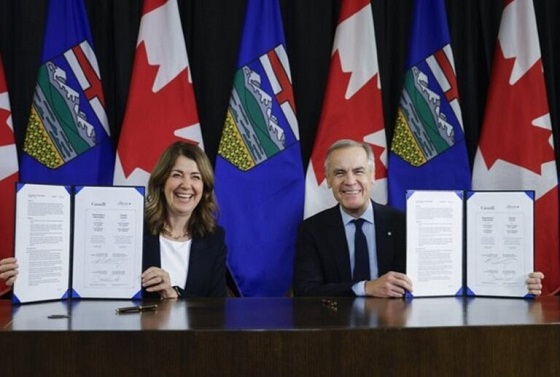
 Energy2 days ago
Energy2 days agoThe Top News Stories That Shaped Canadian Energy in 2025 and Will Continue to Shape Canadian Energy in 2026
-

 International2 days ago
International2 days ago$2.6 million raised for man who wrestled shotgun from Bondi Beach terrorist
-

 armed forces1 day ago
armed forces1 day agoRemembering Afghanistan and the sacrifices of our military families
-

 Opinion1 day ago
Opinion1 day agoPope Leo XIV’s Christmas night homily
-

 Fraser Institute1 day ago
Fraser Institute1 day agoHow to talk about housing at the holiday dinner table
-

 Frontier Centre for Public Policy1 day ago
Frontier Centre for Public Policy1 day agoTent Cities Were Rare Five Years Ago. Now They’re Everywhere
-
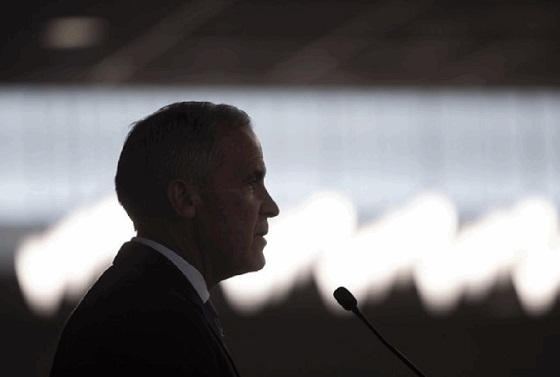
 Fraser Institute9 hours ago
Fraser Institute9 hours agoCarney government sowing seeds for corruption in Ottawa






